The Apple Watch Review
by Joshua Ho & Brandon Chester on July 20, 2015 8:00 AM EST- Posted in
- Wearables
- Apple
- Mobile
- Apple Watch
Display
As with just about everything these days, display matters quite a bit. In a lot of ways, the wearable segment has display requirements similar to the smartphone space. However, unlike the smartphone space it isn’t necessarily critical to have the highest possible resolution, and it isn’t necessarily crucial to have perfect color calibration as in most cases wearables won’t be used for color-critical applications.
In the interest of addressing this, for the near-term we’ll continue to use the standard smartphone workflow, but I hope to expand the testing done here as wearables develop. For now, we’ll continue to do the standard brightness and accuracy testing, but I’ve removed the grayscale test as it strongly emphasizes gamma accuracy. Although it is important to not have obscenely incorrect gamma curves, wearables generally have to prioritize readability over dynamic range, which means that near-black colors would be brightened to try and overcome background reflectance. Similarly, we won’t be placing dE2000 average error in our Bench comparison tool or in graphs, as something like the Apple Watch cannot have controlled display brightness.
As a result, we can’t really be 100% sure that gamma tests and other tests of luminance are actually accurate when automatic brightness means that any inconsistency in light to the sensor will affect display brightness, which will strongly affect dE2000 results.
In the case of the Apple Watch, the display is interesting because this represents the first AMOLED display to ever be used in an Apple product. As far as I can tell, this is an LG OLED display with an RGB subpixel arrangement, but it isn’t quite the same as a traditional RGB stripe. I suspect that for the near future we will continue to see the use of this subpixel arrangement as the resolution of the Apple Watch doesn’t really allow for a PenTile layout. Given the current state of AMOLED (as evidenced by the Galaxy S6) I believe it is effectively the future of mobile displays, and it seems that whoever makes these decisions at Apple agrees as well.
As I mentioned in the start of this section, the Apple Watch also doesn’t have any way of manually setting brightness. You get approximately three choices of auto brightness algorithms, which bias the brightness curve of the display appropriately.
In practice, I didn’t actually care that manual brightness was gone on the watch because I never actually used manual brightness on the iPhone or any phone that has at least a halfway decent auto brightness system. In every phone I’ve ever used, the only time I use manual brightness is when the auto brightness system is clearly programmed wrong in some shape or form. Common cases where this would happen include auto brightness that didn’t actually set the display to maximum brightness in daytime or wouldn’t set the display to minimum brightness in absolute darkness.
Thankfully, the default auto brightness setting on the Apple Watch doesn’t have any of these problems, although for reasons unclear minimum brightness changes depending upon the brightness setting that is selected. As a reviewer though, it would definitely help if the watch had a manual brightness setting for more precise display testing and battery life testing. I’m sure that the precision of the digital crown would allow for precise brightness settings as well, but I suspect that this would have some very real potential to affect practical battery life as I’ve seen more than one person walk around with their smartphone display permanently set to maximum brightness because of reasons.
There’s also the issue of reflectance, which could be a problem given that the two higher-end models use a sapphire crystal glass on the display instead of traditional hardened glass. I did notice that reflectance is much higher than something like the iPad Air 2, but I never really felt like the reflections completely washed out the display. The reflections also indicate that the watch has a properly laminated display, without issues involving index of refraction mismatch. However, if people are worried about outdoor visibility Apple Watch Sport should be better given the use of more common aluminosilicate glass. I’m not sure if Apple has actually loaded different auto brightness algorithms for the Apple Watch/Watch Edition compared to the Watch Sport to try and compensate for this though, and I suspect such a change would be difficult to test for as well.
Although reflectance is one aspect of outdoor visibility, the other is display brightness. This is probably the only aspect of the Apple Watch where I can get consistent and repeatable results. Unfortunately, given that we haven’t actually done any other full-featured wearable reviews I’ll have to reference smartphones to get a good comparison point. As the Apple Watch display is already quite small, we won’t be able to get accurate APL vs brightness readings as it’s impossible to hold the meter in a repeatable position that isolates ambient light while also holding an LED to the display.
At any rate, the Apple Watch gets respectably bright at around 460-470 nits, although not quite the ridiculous 600 nits that the Galaxy S6 can achieve. At this full white display, I recorded a color temperature of 6891K, and 6883K at the ~100 nits that was used for the remainder of display testing. It’s important to keep in mind that these values are only at 100% white, so this isn’t the average color temperature that we normally list in reviews. Of course, this display’s contrast is also infinite, with no visible residual brightness on pure black images.
Saturation Sweep
Moving on to the saturation test, we can see that Apple has put a huge amount of effort into calibrating these displays, which is somewhat surprising given that one might expect wearables to not be all that critical when it comes to color accuracy. In my experience, I never actually bothered looking at photos on the watch outside of the messaging app and Twitter. I suspect that this was done in order to make it so that images look the same across all Apple devices, as something would seem “off” in most photos taken by an iPhone 6 if displayed with an Adobe RGB gamut. In this test, the dE2000 average error was 2.33, and as one might guess from the photo above most of the error was concentrated in blue, which appears to have some gamut issues as the native gamut appears to be wider than sRGB but not enough to completely cover sRGB.
GretagMacbeth ColorChecker
The GretagMacbeth ColorChecker test reveals a similar surprising level of attention to detail in color calibration. Color accuracy isn’t quite on par with the very best, but given that this is a first generation product I’m really surprised that the display is already receiving this much attention with an average dE2000 error of 2.42. Overall, this means that the display has relatively little perceivable error for sRGB content, which is the standard almost across the board, although wider gamuts like Rec. 2020 or Adobe RGB may one day supplant sRGB.
Overall, I’m impressed with the quality of the display of the Apple Watch. The AMOLED panel could probably reach a 600 nit max with sufficient progression in emitter technology from LGD, but I suspect this will take some time. The calibration is also incredible for a first-generation wearable, and the use of a full RGB subpixel helps to avoid a lot of the aliasing issues that tend to plague PenTile or other RG/BG subpixel arrangements at these relatively low pixel densities.
The reflectance of the sapphire lens on the display is a bit high and could probably benefit from anti-reflective coatings of some sort, but given that I haven’t had to worry about scratching the display thus far it’s probably a fair trade as a screen protector will usually increase reflectance noticeably. It’s also a bit annoying as a reviewer to not have manual brightness settings, but as an end user I never felt the need for manual brightness as the auto brightness algorithm works quite well.
Ultimately the entire user experience around the display in every aspect is well-executed, although there is still room for improvement on the technology side of things.


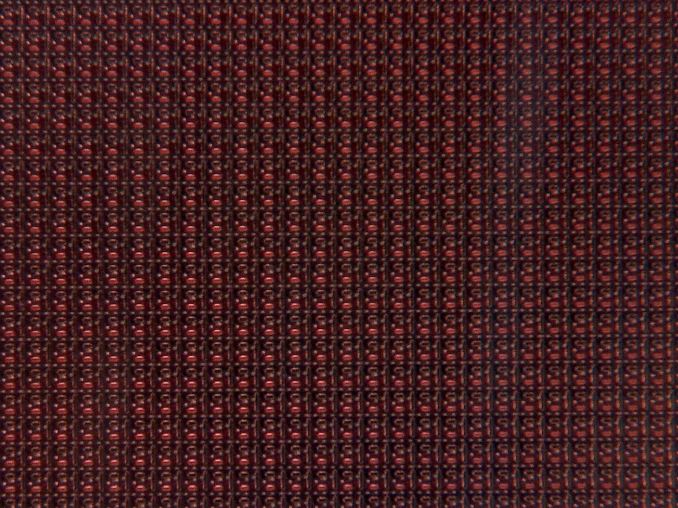
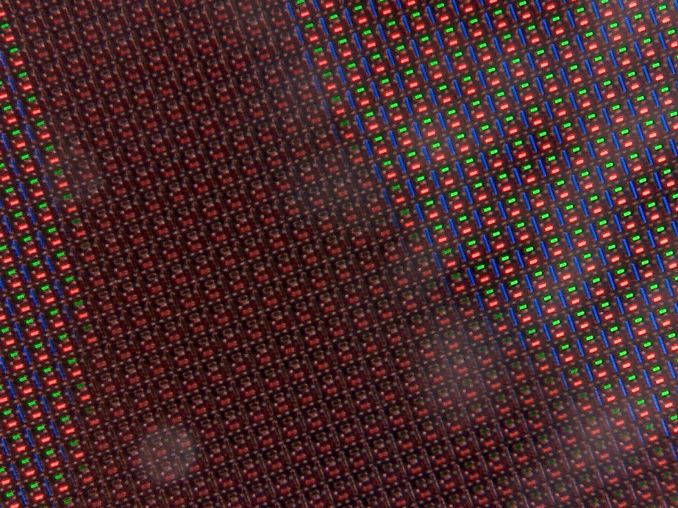
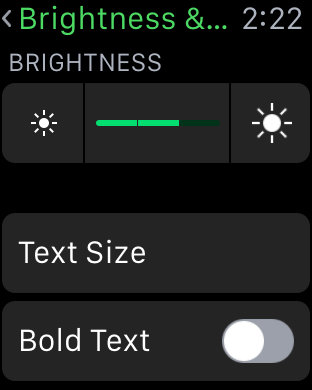
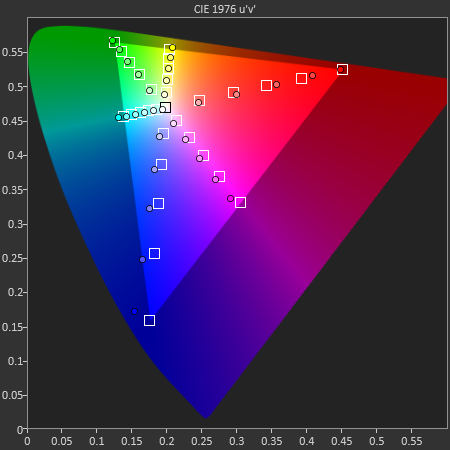
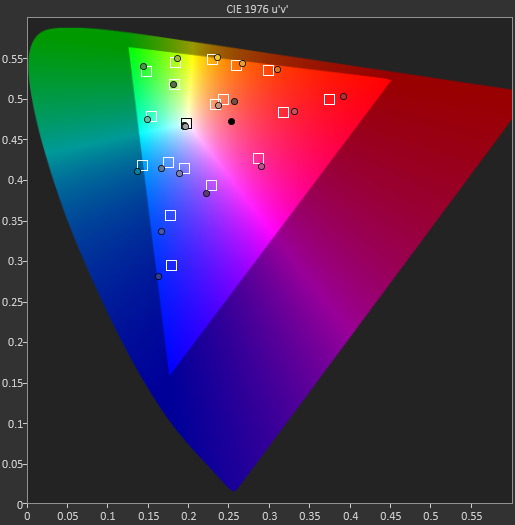








270 Comments
View All Comments
Tams80 - Tuesday, July 21, 2015 - link
One more point to add:While this is essentially a piece of jewellery, it is also a throw away commodity. The battery will degrade quickly with it's intended use, and as far as I know is not replaceable. This is more acceptable for a base piece of technology, so prices can be high. For an accessory though? The price is far too high.
It can't really be compared to jewellery though. Jewellery lasts a long time, and is often handed down. What it lacks in features, it makes up for in longevity.
dan98 - Wednesday, July 22, 2015 - link
"You haven't tried many watches, and by the sounds of it, none to the same extent as the Apple Watch. If that is the case, then I don't think you are qualified to make a comparison to them, as a professional reviewer. "Bizarre point. The reviewer doesn't make any comparisons, other than to those he has tried.
"You do know that there are smartwatches out there that take standard watch straps? You do know that there are countless different designs of standard watch straps?"
Bad point. Where did he mention just the strap? He's talking about the discomfort of the wearable as a whole.
"What ergonomic annoyances? The watch goes on your wrist, and in many cases never needs to come off. In return watches tell the time, often the date and day, and sometimes more. How is glancing at a watch less ergonomic than getting your phone out of wherever it is and checking it?"
Bad point. The ergonomic annoyances of watches are clear and obvious to most people. ie. they catch on things, add bulk to the arm, and require care to avoid damage in certain situations. Its a question of whether these annoyances are outweighed by the advantages of the watch in question.
"Total fluff, and no shit Sherlock"
? This is a non-point which only serves to underline the commenter's bizarre stance.
yhselp - Wednesday, July 22, 2015 - link
The first proper, in-depth review of any wearable that I am aware of. Thank you for taking the time to do it right, the end result is a very valuable (in many respects) piece of work. This, in my opinion, is the most 'AnandTech' article since Anand left and it's very welcome -- I've now read one too many articles here where the reviewer explains himself and tries to justify his opinion in a manner as if to ward off the expected flamers in the comments. I believe that loyal and regular AnandTech reader values your opinion as it is, unbiased and as objective as possible; do not be deterred by fanboys and haters -- there's no need to cater to them.beggerking@yahoo.com - Wednesday, July 22, 2015 - link
review is totally biased... 12 hr battery life?search for android watch phone. there are android watch phones that are FULL phones with dual core/ quad core cpu that has 3 day battery life, along with waterproof , micro sd, etc etc and the price is between $100-300
beggerking@yahoo.com - Wednesday, July 22, 2015 - link
"I don’t know if Apple will succeed in convincing others of the utility of a watch, but they’ve definitely convinced me."right. now how much $$ did Crapple deposit into your bank account?
S2k15 - Wednesday, July 29, 2015 - link
What has to happen in someone's life, that they become such a hateful and shitty human being like yourself? Do you have evidence that this author was paid off? If not, shut the fuck up and spare us your attempts at slander and character assassination.Also, I hope you're not older than 5 yrs old, which is the only thing that would excuse the sheer stupidity of the using the word "Crapple". It's sad that comment sections have been flooded with absolute trash posts like yours.
allajunaki - Thursday, July 23, 2015 - link
Wow, Anandtech Comments used to be filled with smart people. Sadly, most of the comments seems to come from trolls. And I have a sneaky feeling that most of it are from a few. Unfortunately, instead of reading anything constructive, all I read is haters hating, and defenders defending. And most of it has no objective, or constructive content.I have been an Anadtech visitor for the last 15 or so years. I never once had to question the integrity of this website. Its sad that other commentators do not share the same sentiment.
Folks, best way to shut a troll, is by ignoring them.
Anandtech, can we have Comment Votes (Like Arstechnica) ?
Spencer Andersen - Thursday, July 23, 2015 - link
It is sad to see so many negative people commenting on every tech site. I guess people just need to prove they have some superior intellect or knowledge that makes them better than others to be happy.I sometimes feel bad for these talented individuals doing these reviews who put their knowledge to the web only for it to be dissected and misconstrued by the masses every single time. The truth is if these commenters were happy with their lives they wouldn't feel the need to constantly challenge or put others down. It's a huge problem with the world today, rather than work together and bring each other up so we can reach higher existence we choose to be selfish and think about ourselves and drag each other down.
I for one love Anandtech and visit it because these people know stuff about tech I never will so I value their opinions. I got some great information from this article as I do from every other article and thats why I keep coming back. So to all the malcontents out there talking all that trash, take a magnesium calcium supplement for witch your probably deficient in and chill the flip out. Enjoy this great website built off the efforts and contributions of many talented people. And click on damn add every once in a while to support them, its not going to kill you to loose a few seconds of your life.
jonminchoi - Thursday, July 23, 2015 - link
As an owner of the Apple Watch, I'd like to provide some comments to the review, and to the general state of the comments.First, a review (and by extension the reviewer) is not the ultimate source of truth in the universe, but rather is a mere opinion of a collected group, providing some form of technical evidence to ground their claims. Depending on the site, the aforementioned evidence could be extremely detailed and scientific, or it could be somewhat subjective.
It is entirely your choice as the reader to agree with the reviewer's words, but please, do not belittle the reviewer or the article. Even if you are gifted with literary ability that far exceeds his (which I would think is extremely unlikely), it does not give you the right to bully and patronize others.
I, for one, agree with most of what the reviewer mentioned: the Apple Watch has never given me trouble with the battery life. I doubt there is a huge population of Apple Watch users who have actual need to keep the Watch on for longer than 18 hours (the battery life stated by Apple, which seems very underestimated). I have not had much trouble with the actual function of the Apple Watch, as I use it mostly for parsing notifications more effectively than the use of just my iPhone would allow. Taptic Feedback works very well, and I am able to respond to most notifications without disrupting my coworkers in an extremely quiet work environment. Although there is some noticeable loading time for apps that require the use of iOS, this fact has never bothered me to the point of being a dealbreaker.
At the end of the day, I'm able to afford the price of the Apple Watch, and have thus far enjoyed the benefits of ownership. While there are still some things I wish Apple could improve in both hardware and software, I have not regretted my purchase.
I think both the moderators of Anandtech as well as its readers would benefit from a more contributive and constructive discussion.
gamer1000k - Thursday, July 23, 2015 - link
While I'm no Apple fan (and will never own an iPhone and by proxy and Apple Watch unless some major changes occur at Apple), I will admit that this watch is a neat piece of technology. Sure it has some first gen quirks and will likely be orphaned rapidly as new and improved models come out, but Apple did put some effort into this and I look forward to seeing their competitors up their game in response so I can get those products once the prices come down. Still, I'm a little annoyed at how much media attention and hype Apple gets for a product that really isn't all that different from existing android smartwatches. (And yes, this article does read a little like a kid at christmas who got a shiny new toy. At least the final conclusion comes back to reality and recognizes this is a first gen product with some major drawbacks so we should wait for the next version.)Granted, it's not the piece of technology I would have designed (and I heartily agree that it costs entirely too much for what it is), but the same could be said for pretty much all smartwatches at this point. I'm a little disappointed with Apple's (and most other companies) approach to the smartwatch and trying to pack too much power into a device that doesn't really need it.
I think Pebble's approach is the most logical at this point. It displays notifications, has a microphone, and even runs simple apps all while maintaining a week's worth of battery life and an always-on e-paper display. The LCD and relatively beefy CPU on the Apple watch and others allow for flashier interfaces and apps, but I'm still not sure how that really adds to the smartwatch experience at this point.
I'll keep an open mind and see what happens over the next few months, but right now I see the smartwatch primarily as a notification accessory for a phone and have a hard time visualizing how it will work as an application platform beyond the most basic apps given the tiny screen.